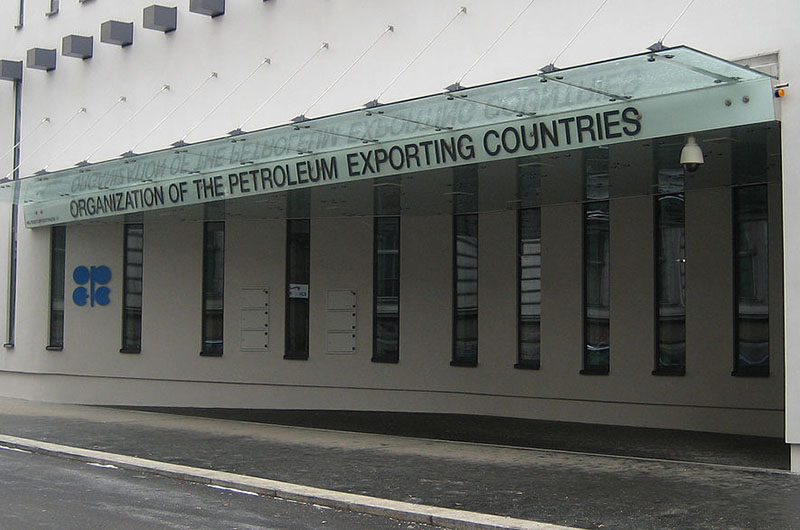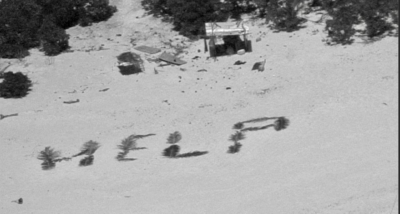(Bloomberg) — Oil closed at its highest in almost eight weeks as OPEC’s top official said the group intends to achieve full compliance with a deal to trim output.
Futures advanced 1.2% in New York. The Organization of Petroleum Exporting Countries is confident members will continue to cut production and reduce global stockpiles, Secretary-General Mohammad Barkindo said. Russia plans to reach its pledged output cuts by the end of April, RIA Novosti reported, citing Russia’s Energy Minister Alexander Novak. Brent will average $55 this quarter, Citigroup said in a note, an increase of $5 from its previous forecast.
Oil has held above $50 a barrel in New York, trading in a tight $5 range, since OPEC and 11 other nations started trimming supply to ease a global glut. The exporters group implemented about 90% of the pledged cuts last month and Goldman Sachs Group Inc. predicts the market will shift into deficit in the first half of this year. Meanwhile, U.S. crude stockpiles have surged to the highest level in more than three decades.
“There are a lot of folks positioned and rooting for a rally,” John Kilduff, a partner at Again Capital LLC, a New York-based hedge fund that focuses on energy, said by telephone. OPEC’s Barkindo “dangling the idea that there might be an extension of the cuts” is helping to support prices, he said. “The market’s been looking for that, if not demanding that, at this point.”
Hedge funds boosted their net-long position on WTI, or the difference between bets on a price increase and wagers on a decline, by 8.6% in the week ended Feb. 14, U.S. Commodity Futures Trading Commission data showed Friday. It was the fifth time this year that they’ve upped their bullish stance, and the third they took it to a record.
West Texas Intermediate for March delivery, which expires Tuesday, advanced 66 cents from Friday to settle at $54.06 a barrel, the highest close since Dec. 28 on the New York Mercantile Exchange. WTI also rose above its upper Bollinger band technical indicator for the first time since early January during the session. That signals it may be due to fall.
Historic Deal
The more-active April WTI contract climbed 55 cents to end the session at $54.33 a barrel. Transactions on Monday were being booked Tuesday for settlement purposes because of the U.S. Presidents’ Day holiday.
Brent for April settlement gained 48 cents, or 0.9%, to $56.66 a barrel on the London-based ICE Futures Europe exchange. Total volume traded was about 79% above the 100-day average. The global benchmark crude traded at a premium of $2.33 to April WTI.
"Oil prices are not likely to stray far from their current $53 to $58 range in the near term,” Ed Morse, global head of commodities research at Citigroup, wrote in a note Tuesday. “Record investor net length and bearish inventory data will likely cap prices until more tangible evidence of a tighter market emerges."
The effects of high OPEC compliance with its historic output deal have yet to be realized and should support prices into the second quarter, Citigroup said. Compliance may even increase if Iraq’s March exports match the planned 600,000 barrel a day month-on-month cut indicated by loading programs, it said.
Equilibrium Price
OPEC data on output cuts so far are “very encouraging,” yet oil is still far from an equilibrium price, Barkindo said in a Bloomberg Television interview in London. It’s premature to say whether the group should extend its supply deal beyond six months or deepen the cuts, and the pace of the decline in global oil inventories will determine OPEC’s next move, he said. The cartel will hold two meetings in May, one for members and one for non-OPEC producers, according to Barkindo.
“OPEC and new fund length are adding a bid to the market, but the current level of supply is massive and it’s limiting rallies to a narrow range,” Clayton Rogers, an energy derivative broker at SCS Commodities Corp. in Jersey City, New Jersey, said by message.
Oil-market news:
U.S. crude stockpiles probably rose by 3.25 million barrels in the week ended Feb. 17, the median estimate in a Bloomberg survey of 8 analysts shows. Cushing, Oklahoma crude stockpiles fell 800,000 barrels last week, according to a forecast compiled by Bloomberg. Iraqi Prime Minister Haider Al-Abadi said oil prices need to reach $60 a barrel to fill budget gap, yet current prices are far better than those of two years ago. OPEC boosted oil exports in the first two weeks of February, according to tanker tracker Petro-Logistics SA, a sign the group could be slipping back after record compliance in its first month of output cuts. The U.S. Oil Fund saw an $85 million outflow last week, the largest weekly outflow since late January, data shows.
Bloomberg News by Jessica Summers





